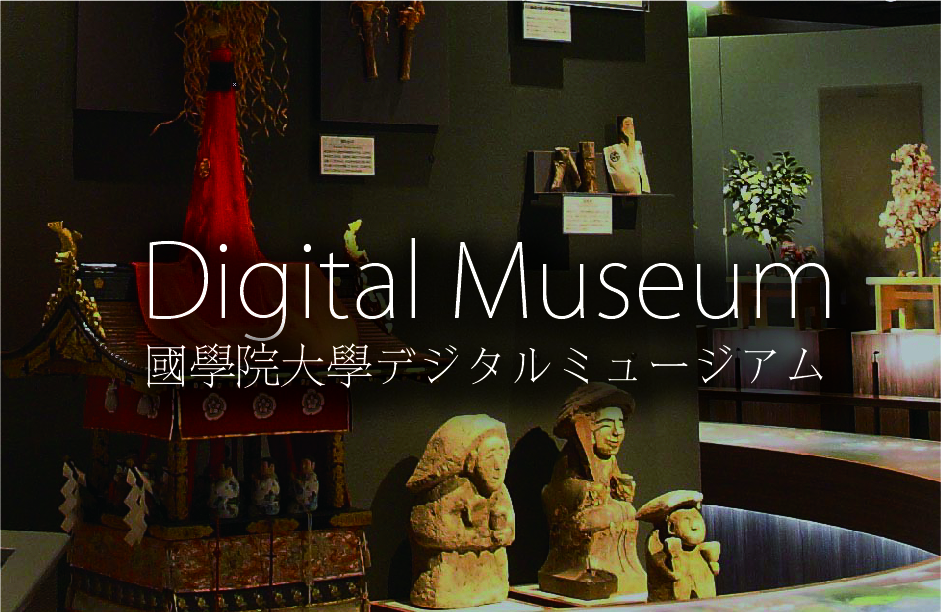- トップ
- Encyclopedia of Shinto
- Shinshūkyō | 神習教
Encyclopedia of Shinto
| Main Menu: | |
| Links: |
詳細表示 (Complete Article)
| カテゴリー1: | 8. Schools, Groups, and Personalities |
|---|---|
| カテゴリー2: | Modern Sectarian Groups |
| Title | Shinshūkyō | 神習教 |
| Text | One of the thirteen sects of prewar Shinto, with strong characteristics of that period's sectarian Shinto (kyōha Shintō). Founded following the Meiji Restoration by Yoshimura Masamochi (1839-1915), a feudal retainer from Tsuyama Domain in Mimasaka Province (present-day Okayama Prefecture), with the goal of spreading the teachings of Shinto. Yoshimura opposed the joint Shinto-Buddhist propaganda efforts being carried out primarily through the Taikyōin ("Great Teaching Institute") during the early Meiji period, and thus turned his back on the Kyōbushō (Ministry of Religious Education) to work for the Jingū Shichō (the administrative office of the Grand Shrines of Ise; see Ise Jingū). For three years thereafter, he engaged in strict mountain austerities at religious centers such as Mounts Ontake, Fuji, and Kurama, and began to follow his own independent path as a practicing Shintoist. In 1881 he established the Shintō Shinshū Kyōkai at Kanda in Tokyo, gathering together disciples and Shinto priests (shinshoku) from the Grand Shrines of Ise. In 1882 this movement became independent as the Shintō Shinshūha, but in the same year changed its name to Shintō Shinshūkyō. Yoshimura sought to integrate his members' teachings and ritual practices, although organizationally the movement' tended to be composed of a diversity of groups each with its own slightly variant beliefs, and it had an especially high representation of groups associated with the cult of Mount Ontake (Ontake shinkō). Accordingly, its sense of unity as a religious organization was not especially strong. Yoshimura's own own teachings are set out in such texts as the Kannagara no michi mondō (Dialogue on the Way of the Kami), the Uchū no seishin (Spirit of the Cosmos), and the Kyōen kajitsu (Flowers and Fruit of the Garden of Instruction). Upon Yoshimura's Masamochi's death in 1915, Yoshimura Tadaaki (1897-1985) took office as its second Superintendent. Besides putting efforts into proselytizing and teaching, Tadaaki also devoted himself to the study of Shinto and wrote treatises about the foundations and institutional history of sectarian Shinto. In 1940 Shinshūkyō became a legally recognized religious organization under the prewar Religious Organizations Law (Shūkyō Dantaihō); in 1946 it was registered under the postwar Religious Corporations Ordinance (Shūkyō Hōjinrei) and again in 1952 under the Religious Corporations Law (Shūkyō Hōjinhō). In the postwar era a number of groups under its aegis gained their own independence and it failed to adequately adjust to the changing situation of postwar society; for these and other reasons it has not displayed the same vigor as it had in prewar times. When Yoshimura Tadaaki died in 1985 his grandson Yoshimura Masanori (1964-) took office as its third Superintendent. Focused on proclaiming the "way of the kami" (kaminagara no michi), the movement teaches a three-stage path, including renouncing all sins, striving to progress to higher levels, and making oneself in immediate accord with the kami, thereby gaining union with the kami, while in ritual it emphasizes rites of fire pacification (chinka) and hot water divination and purification (kugatachi). See also Yoshimura Masamochi Headquarters: Tokyo Nominal membership: approximately 280,000 (M) —Inoue Nobutaka |





